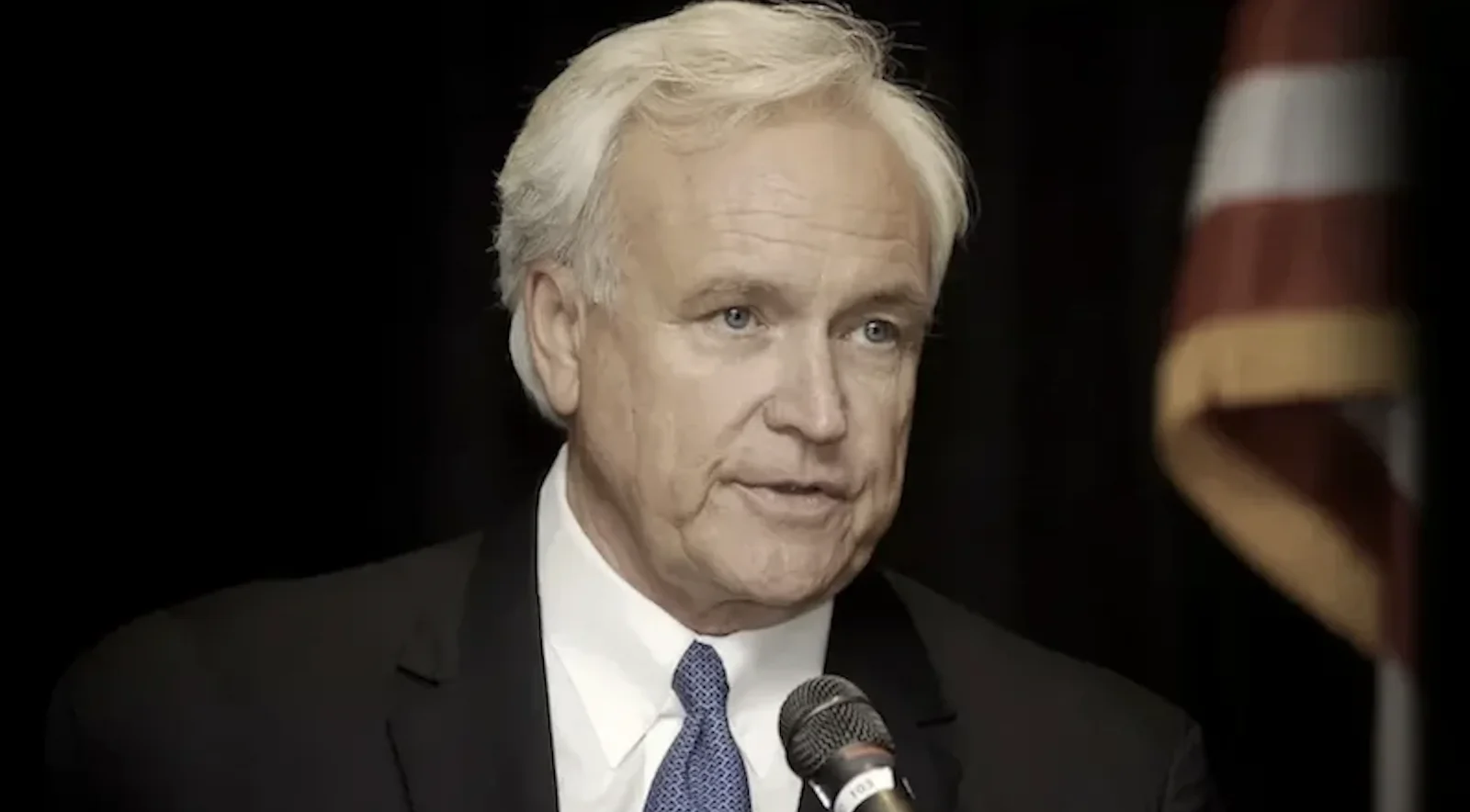As most of you are aware, the Center for Tax and Budget Policy at the Baker Institute, where I am a fellow, has undertaken to review the financial statements issued by various local governmental entities in the Houston region. The Center has just released its review of the FY 2024-2025 financial statements for the Harris County Toll Road Authority. The full report can be viewed here, however, these are some of the highlights.
- HCTRA is very profitable. Since 2011, it has generated $4.5 billion in surpluses over its operating expenses and debt service. In the last two years, its surpluses for each year have been slightly over $400 million.
- HCTRA also has a very strong balance sheet, ending the year with over $2 billion in net assets and a very strong cash position. It has the highest credit rating of any toll road operator in Texas. However, HCTRA is still quite heavily indebted. At the end of the year, its total liabilities were over $3.6 billion, with over $3 billion in bond debt. HCTRA recently added more bond debt, and its capital improvement plan indicates it will need to borrow even more over the next few years. The need to borrow additional funds has been driven, in part, by the withdrawals from the system by Harris County (see below).
- Harris County has made significant withdrawals from HCTRA. Prior to 2021, the annual withdrawals averaged approximately $120-130 million. However, since 2021, the Commissioners’ Court has averaged withdrawing just under $300 million per year. According to state law, these funds are restricted to mobility and “related” projects. The records show that the funds are transferred to a segregated account for mobility projects, with most of the money allocated to the four commissioner precincts. There is some review by auditors on how this money is spent, but there is limited transparency on exactly which projects these funds are used for.
- The transition to eliminate manned tool booths and rely entirely on electronic collection of tolls greatly facilitated traffic flow on the toll roads, but it has also presented a number of operational and financial challenges for HCTRA. The most significant of these is the increase in vehicles using the toll road system without paying. We estimate that HCTRA lost approximately $100 million last year from uncollected tolls.
- While throughout most of its history HCTRA has enjoyed very robust growth in traffic and toll revenues, there is some indication that growth may be leveling off. Since the pandemic, which dramatically lowered traffic and revenue, the monthly tolls have consistently been in the $72-$76 million range.
There are a number of other details in the full report. If you are interested in this topic, I encourage you to take a look at it.
I want to acknowledge that both the County Auditor’s Office and the HCTRA management team were very helpful in the preparation of our report. Both provided us with information that improved both its accuracy and completeness. We greatly appreciate their cooperation and input.
If you would like to see more of this type of information on our local governments be made available to the public, please consider supporting our center. You can make donations through the Baker Institute website. In the designation box, use the drop-down menu and select “Center for Tax and Budget Policy.”
Also, a reminder that our next readers’ conference is set for Saturday, November 8, at the Norris Conference Center at City Centre. More details will be forthcoming soon about registration and the agenda. Hope to see you all there.
Bill King is the former mayor of Kemah, Texas. He served on Texas gubernatorial commissions studying the aftermath of both Hurricanes Rita and Ike. In 2006, he served on a task force appointed by the County Judges of Harris, Galveston and Brazoria Counties to revise the region’s evacuation plans in the wake of the disastrous Rita evacuation. In 2006, the National Hurricane Conference awarded him their Outstanding Achievement Award for his work in this area. In 2009, he was one of the founding directors of the Gulf Coast Community Protection and Recovery District, which initiated the process of attempting to build the Ike Dike.

